4 Easy Methods to Stitch Leather Together [Complete Guide]
In our daily life, we can observe how sewing marked a huge inspiration from people’s livelihood to craftsmanship. Most of the experts use various techniques depending on the fabric. Moreover, sewing garments is a fantastic hobby not for advanced sewers but also for kids that will keep you occupied for a long time.
Since creating a masterpiece demands know-how and proper technique, I’m providing you with this context to help you know more about sewing leather. Leather is a tough material but a proper understanding of how to sew and manage the leather will help you perform an amazing job.
Must check our recommendations for the best sewing machines, the best kids’ sewing machine assists them in sewing small projects pattern e.g sewing doll clothes easily, and the best heavy-duty handheld sewing machines to ease your work.
What Kind of Sewing Machine can Sew Leather?
The flat-bed design is the most prevalent type of sewing machine in the marketplace. However, you should be aware that there are more options for making various types of leather goods.
Residential sewing machines are popular and can sew certain simple leather products. When using the right leather needles, many of these machines can handle a leather depth of roughly 3/16 inches.
If you need to sew something thicker, you’ll need to invest in an industrial sewing machine. To complete your project, you’ll also need a servomotor and a board to place the machine on.
The benefits of changing to industrial equipment will provide you with more possibilities for your tasks. The cost of an industrial sewing machine is high, and it necessitates a long-term investment. A machine with superb speed control is also recommended, to avoid the tiniest flaws.
Just a side note, you’ll have to oil the elements of your machine after each session unless it arrives with an automated lubrication mechanism. Therefore, a machine catering to all the above needs is highly suitable for sewing leather.
Detailed Guide on Different Ways to Sew Leather
Creating something which intrigues you is the finest thing to do when you’re just starting out with leather sewing. This keeps you motivated to finish the project with ease. Choose something modest and straightforward to create like, sewing a dog bandana.
Tool You Will Need:
- Awl
- thread
- Needle
- Walking foot
- A sewing machine
- Motor
Time: 30-45 Mins Skill: Intermediate
Sew Leather by Hand
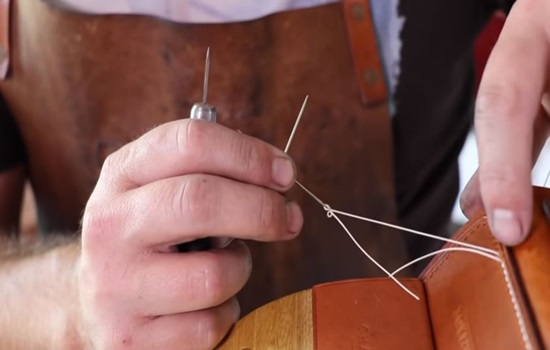
Hand sewing is a crucial skill in leather working, and it’s rather simple to learn even if you’ve never seen it before. However, due to the thickness of leather, sewing stitches together may be challenging.
Steps:
If you want to sew leather by hand, here are some basic procedures to follow.
- Before starting, you’ll obviously need to thread the needle. Hand stitching leather is often done with a strong waxed thread. The wax helps keep the thread from unraveling and gives it a sticky texture.
- Next, take a measurement of the area that will be sewed and multiply it thrice. This is how much thread you must put on each time in the needle. Make sure that the length remains less than 24 inches, as longer than that gets challenging to handle.
- Pass your thread through the eye of your needle and draw it a few more inches after you’ve cut it. You might have to compress or moisten the end of your thread to get it into the needle.
- Sewing tough leather requires some preparation. If the material is particularly thick, you may need to scrape grooves to make sewing easier. The thickness of your leather sheets will be reduced because of this.
- Furthermore to produce the stitches, put properly spaced lines on the fabric. You can make consistent marks as well with the sewing wheel to help equal stitches.
- After you’ve completed each stitch design, use an awl to drill equal holes along the lines you’ve drawn.
- The next step involves practically stitching the leather pieces together. There are two basic leather sewing stitches. The first one is called a saddle stitch which is quite popular. The second stitch is called a whipping stitch.
The saddle stitch is sturdier than a regular stitch because it uses a double stitch, which means that if one thread fails, the other one will still adhere. It also appears to be more organized and competent.
The whipping stitch is done on the right-hand side of the leather. This stitch is used to attach the borders of leather sheets and curved leather parts. It is also utilized in situations where straight needles cannot be used. You can only use curved needles to stitch the beveled edges. Moreover, if you want to repair your old leather upholstery you may Also check the Complete Guide to Fix Tears and Holes in Leather Couch
Sew Leather on a Sewing Machine

A leather sewing machine can substantially assist in the production of huge quantities. If you already have a conventional sewing machine, there are a few basic procedures you may follow to adapt it to work with leather.
To slide the cloth effortlessly, you can use a Teflon foot or a walking foot depending on the sewing machine you have. It’s best to use a walking foot while dealing with leather because it is more efficient.
The thread used to weave leather is different from the ordinary thread. Every fabric has its own set of characteristics, and because leather is heavy, the thread should be chosen accordingly.
For this purpose, nylon thread is recommended for thick leather, while the polyester thread is for thin leather. Sewing leather with polyester thread is relatively widespread.
Lastly, it is strongly advised that you reduce the speed of your machine. It will be easier to manipulate and maneuver your fabric if you stitch at a slower tempo.
In fact, leather edges don’t require any special treatment. Yet top-stitching the edges is recommended to make the leather appear smooth and not thick.
Because leather is unpredictable, it’s important to work slowly and carefully to prevent any mistakes. By following all the above-mentioned steps and tricks, you can easily manage leather on a basic sewing machine.
Sew Leather on a Regular Home Sewing Machine
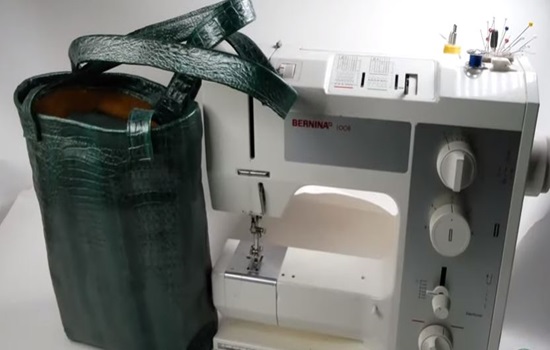
Typical sewing machines can easily sew fabrics like cotton, satin, and velvet, but have you ever pondered over how to sew leather on your domestic sewing machine?
Sewing leather on a regular home machine can be difficult, but I’m here to make it easier for you. You will be able to effectively manufacture your leather pants, hats, or anything else using the guide.
Firstly, choose the suitable type of leather for the product you seek to create. A thinner leather is required for close-fitting garments, whilst thicker leather is required for jackets and blazers.
When using a domestic sewing machine to stitch leather, you must purchase a needle designed specifically for leather. Prior to sewing, put the needle in the device and make sure it’s big enough to slide smoothly to and from the leather portion.
The next step would be to begin stitching. To stitch leather, the basic principle is to use your machine’s strength slowly. If anything goes wrong, your sewing can become a frustrating experience.
Because thick stitches on a home machine can be challenging, keep the leather flat and hammer the stitches for a smooth texture. While it is not important if your cloth bunches up through the sewing process, still wrinkled leather might cause irreversible creases and marks.
Sew Leather on an Industrial Sewing Machine
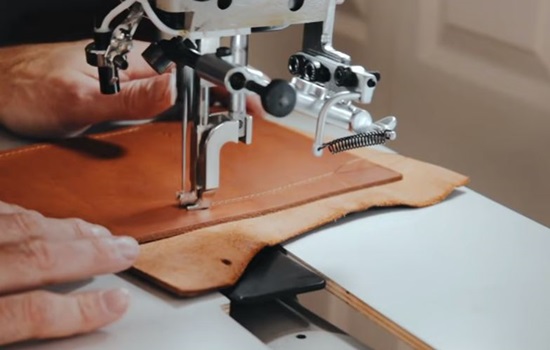
Because leather is complicated to handle, it’s better to sew it with a heavy-duty industrial sewing machine. Many sewing machines can stitch leather, but you’ll want to be certain that you get one with a powerful motor.
These are the best sewing machines for leather bags with a max needle size of 19 is usually used in your home sewing machine. Most varieties of leather can be handled with this; however, the needle is somewhat small. While using a domestic sewing machine for leather, one of the most common issues is that individuals believe they can sew 1/4 inches thick or more.
You’ll most probably break needles, drop stitches, and block your work if you do this. A size 23 needle is required for the Straight Stitch. Most industrial sewing machines possess it, and this contributes to their popularity.
Since leather is thick, slippery, and tough to put through a sewing machine, you’ll need a walking foot to make it slide through effortlessly. The right needle, which can penetrate multiple layers of tough leather without snapping, is essential.
Also, check our review on How to Change a Sewing Machine Needle?
The speed of an industrial sewing machine can be controlled. When dealing with a heavier fabric, a variable speed feature will give you greater control over the cloth. When dealing with thinner fabric, you can choose a faster speed, which can accelerate your task.
If the leather is ⅛” thick, make sure to use a presser foot. A grooved presser foot gives a true grip and full control while sewing leather. So make sure to get the right machine for the job and to generate the benefits.
Final Verdict
Sewing leather is complicated until you familiarize yourself with the tools and techniques practically needed. To create a voguish masterpiece, you’ll need to practice your skills.
Moreover, it also depends on the kind of machine you choose. But whichever machine you decide on-be it is domestic or industrial, it all comes down to your preferences, budget, and choices. Reading the reviews and weighing the pros and cons of each model prior to making your final selection, is important as well.
In addition, the demand for leather is increasing leading to people practicing their creativity in real life i.e. customizing leather products. Working with the right tools and materials, whether for homeowners or experts, leads to an aesthetic output.

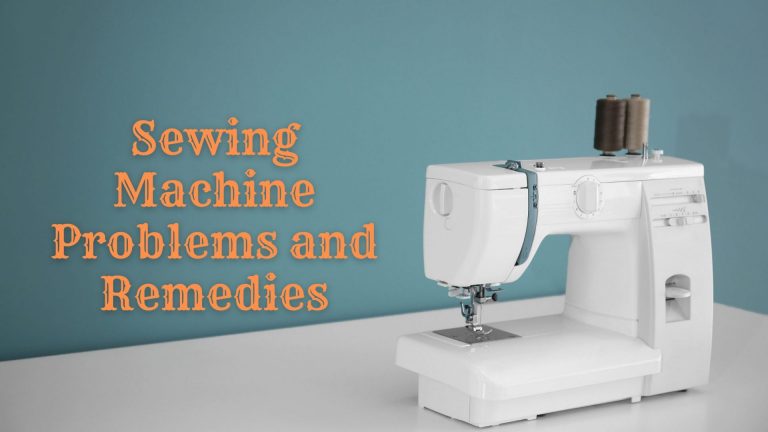
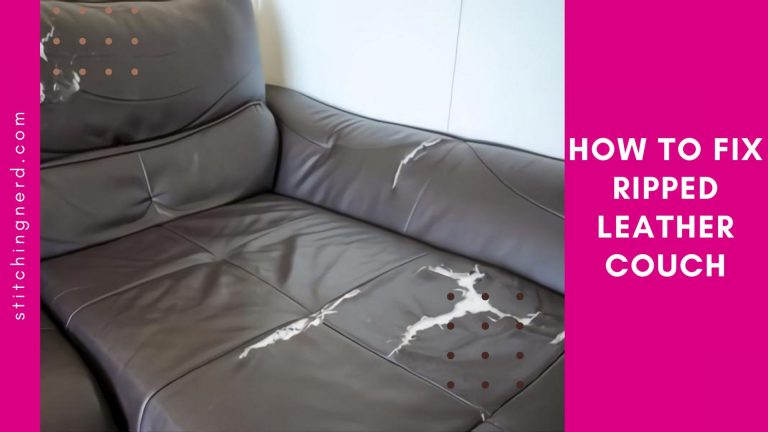
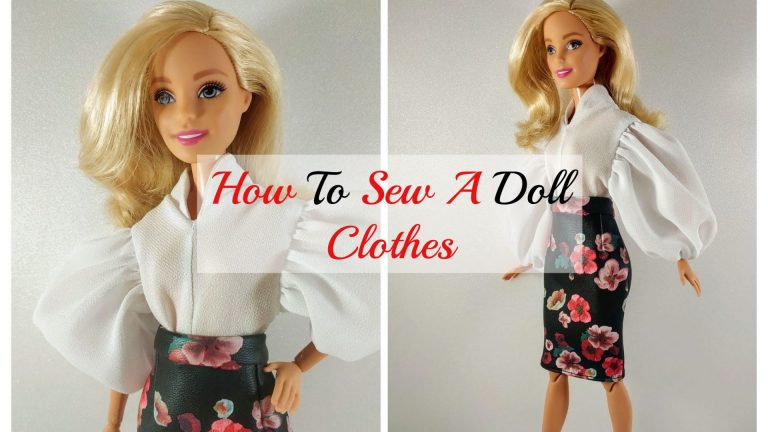
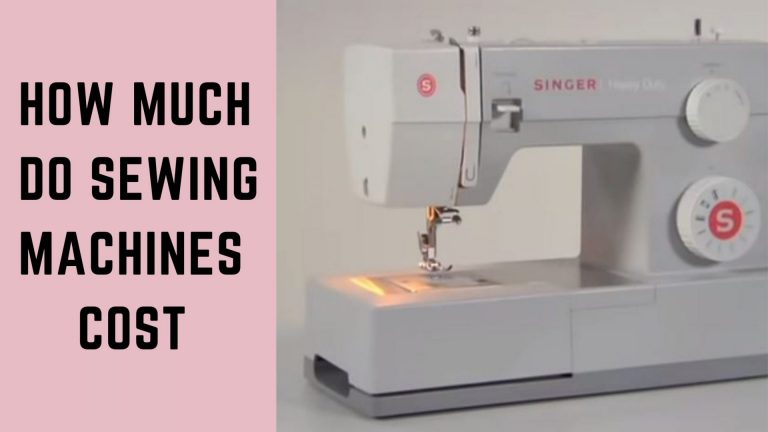
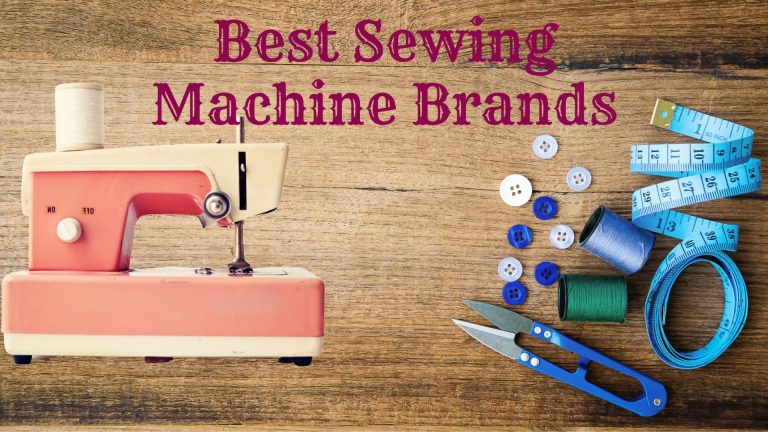
![How to Make a Leather Wallet [Expert’s Tips and Guide]](https://stitchingnerd.com/wp-content/uploads/2021/12/How-To-Make-A-Leather-Wallet-768x512.jpg)